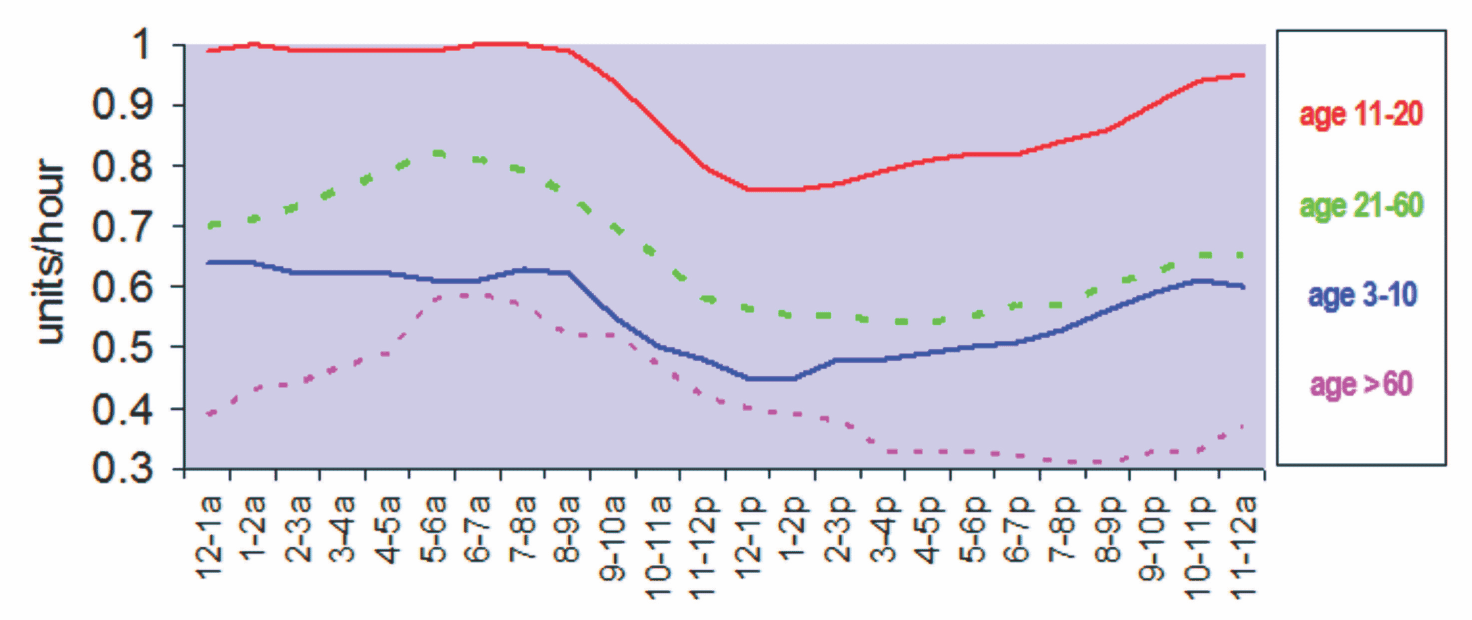|
Insulin Delivery Methods Insulin administration is a hallmark of type-1 diabetes management. Insulin is injected into subcutaneous fat, usually on the abdomen, thighs, hips, arms, or buttocks. A number of options are available for delivering insulin: Traditio nal syringes can be used, by drawing insulin out of a vial. Insulin pens can be used which contain a prefilled cartridge of insulin. The user turns a dial to the desired dosage and presses a plunger to deliver the insulin. A disposable pen needle is changed after each injection. An insulin pump contains a reservoir of rapid-acting insulin. A drive motor infuses the insulin through a tube that is inserted just below the skin. The pump delivers a steady rate of insulin (the basal) and can be programmed to deliver specific amounts at mealtimes (the bolus). Delivery by insulin pen Delivery by insulin pump Delivery by syringe needle Time for another question for you:
This is definitely true. We will discuss the reasons for this as well as the mechanisms for providing both basal and bolus insulin in detail. Normal Pancreatic Function Our challenge now is to design an insulin program that closely matches normal endogenous insulin secretion, thus keeping blood glucose levels as close to normal as often as possible.
Insulins Options A number of different insulin types are available. Fast-acting (bolus) insulins are shown in yellow. Long-acting (basal) insulins are shown in green. Note that the chart on this slide mentions “lente” and “ultralente” insulins. These, however, are no longer being made available in the United States.
Typical Basal Needs (Type-1 Diabetes) As you can see by the graph below, the average basal insulin requirement for an individual varies by age. Overall, teenagers and young adults have the greatest basal insulin requirement, while young children and older adults require less. During one’s growth years, basal insulin needs tend to be elevated throughout the night, whereas needs peak in the early morning hours once growth years have passed. For most people, the need for basal insulin drops during the middle part of the day.
|



.h4.jpg)
